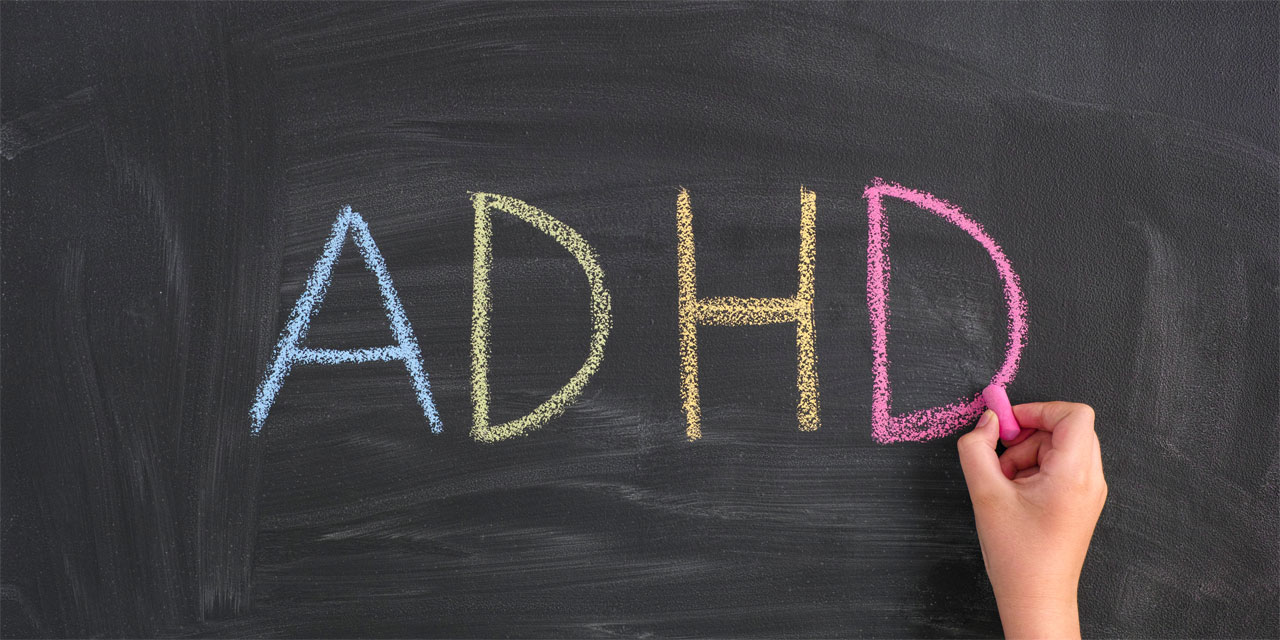ADHD & Attention Deficits
Is Clumsiness a Sign of ADHD?
Parenting is a journey filled with joys, challenges, and moments that leave you scratching your head. It’s common for parents to wonder about their child’s behaviour and whether it’s typical or something more. Suppose you’ve noticed your child being unusually uncoordinated, sensitive to sensory stimuli, or struggling with activities like handwriting. In that case, you may be curious about the connection between these behaviours and Attention Deficit Hyperactivity Disorder (ADHD), wondering if clumsiness is a sign of ADHD.
In this article, we’ll explore various aspects of ADHD, focusing on symptoms often associated with the condition. We’ll delve into the connection between ADHD and sensory issues, the role of occupational therapy, and whether clumsiness could be a sign of ADHD.

Understanding ADHD and Its Common Symptoms
ADHD is a neurodevelopmental disorder that affects millions of children and adults worldwide. Key symptoms, including inattention, hyperactivity, and impulsivity, characterise it. However, ADHD is not a one-size-fits-all condition, and its signs can manifest differently in each individual.
Inattention: Children with ADHD may struggle with sustained attention and often appear forgetful, disorganised, or easily distracted. They may find it challenging to complete tasks or follow through on instructions.
Hyperactivity: While hyperactivity is a hallmark of ADHD, it doesn’t always mean a child bounces off the walls. It can manifest as restlessness, excessive fidgeting, or difficulty remaining seated in situations where it’s expected.
Impulsivity: Impulsivity may lead to impulsive decision-making, blurting out answers, or difficulty waiting their turn in activities or conversations.
It’s important to note that ADHD symptoms can vary in intensity and presentation from one individual to another. This variability makes it challenging to pinpoint ADHD solely based on observed behaviours. Additionally, many ADHD symptoms overlap with other conditions or arise as isolated issues.
Uncoordinated Behaviour and ADHD
One common concern among parents is whether their child’s clumsiness behaviour is linked to ADHD. Clumsiness, poor motor coordination, and difficulty tying shoelaces or catching a ball can frustrate children and parents. While these behaviours can occur in children with ADHD, they are not exclusive to the condition.

Uncoordinated behaviour can stem from various factors, including:
Developmental Delays: Some children may simply be developing specific skills at a slower pace, and coordination tends to improve with time and practice.
Sensory Processing Issues: Sensory sensitivities can affect a child’s coordination ability. For example, a child hypersensitive to tactile sensations may avoid certain activities requiring physical contact.
Motor Skill Development: Not all children acquire motor skills simultaneously. Some may take longer to develop fine and gross motor skills, which can lead to clumsiness.
Other Coexisting Conditions: Children with ADHD often have coexisting conditions like Dyspraxia or Developmental Coordination Disorder (DCD), contributing to coordination difficulties.
Parents need to consult with healthcare professionals, such as paediatricians or Paediatric occupational therapists, to assess whether a child’s uncoordinated behaviour is related to ADHD or another underlying issue. A comprehensive evaluation can help determine the appropriate course of action, whether it involves ADHD management strategies, occupational therapy, or other interventions.
ADHD and Sensory Sensitivities

Sensory sensitivities are another concern for parents who suspect their child may have ADHD. These sensitivities can manifest as heightened responses to sensory stimuli such as sounds, textures, lights, or smells. Children with ADHD may be more prone to sensory sensitivities but are not exclusive to the condition.
Common sensory sensitivities in children with ADHD may include:
Auditory Sensitivity: Some children may find certain sounds, like background or sudden loud noises, highly distracting or distressing.
Tactile Sensitivity: A child with tactile sensitivities may be bothered by specific textures in clothing, food, or sensory-rich environments.
Visual Sensitivity: Bright lights, flashing lights, or intense visual stimuli can be overwhelming for some children with ADHD.
Olfactory Sensitivity: Certain smells may trigger discomfort or irritation in children with sensory sensitivities.
Parents need to differentiate between sensory sensitivities and sensory-seeking behaviours. Some children with ADHD may seek sensory input to self-regulate or focus attention. For instance, they might tap their foot or chew on objects to help them concentrate.
Occupational therapy is a valuable resource for children with sensory sensitivities, whether or not they have an ADHD diagnosis. Occupational therapists can provide strategies and activities to help children better regulate their sensory responses and improve their overall sensory processing abilities.
Hyperactivity and ADHD: Navigating the Challenges
Hyperactivity is a common ADHD symptom, and parents often wonder how to effectively manage their hyperactive child’s behaviour. It’s essential to approach hyperactivity with patience and a proactive mindset.
Here are some strategies for managing hyperactivity in children with ADHD:
Physical Activity: Encourage regular physical activity, which can help channel excess energy. Activities like sports, dance, or martial arts can be particularly beneficial.
Structured Routine: Establish a daily routine with consistent meal times, homework periods, and bedtime. Predictability can help reduce restlessness.
Dietary Considerations: Some parents explore nutritional changes, such as reducing sugar and artificial additives, to manage hyperactivity. Discuss dietary strategies with a healthcare provider.

Occupational Therapy for ADHD and Sensory Sensitivities
Navigating the challenges of ADHD and related symptoms like uncoordinated behaviour, sensory sensitivities, and hyperactivity can be daunting for parents. It’s crucial to approach these challenges with a supportive and proactive mindset.
Occupational therapy (OT) is a holistic approach to addressing various developmental challenges associated with ADHD and sensory sensitivities. OT focuses on improving a child’s ability to perform everyday activities and develop essential life skills.
Remember that every child is unique, and their experiences with ADHD will vary. Consult with healthcare professionals, including paediatricians, developmental specialists, and occupational therapists, to create an individualised plan that addresses your child’s needs. If you are wondering if your child has ADHD, take our free ADHD test.
ADHD is a manageable condition; with the proper support and interventions, children with ADHD can thrive and reach their full potential. By seeking guidance, understanding the role of sensory sensitivities, and exploring options like occupational therapy, parents can help their children flourish in their journey with ADHD.
Pingback: ADHD and Autism Diagnosis - What I Need to Do
Pingback: Classroom Brain Breaks: Enhancing Learning Through Movement
Pingback: Games for ADHD Kids to Elevate Holiday Happiness